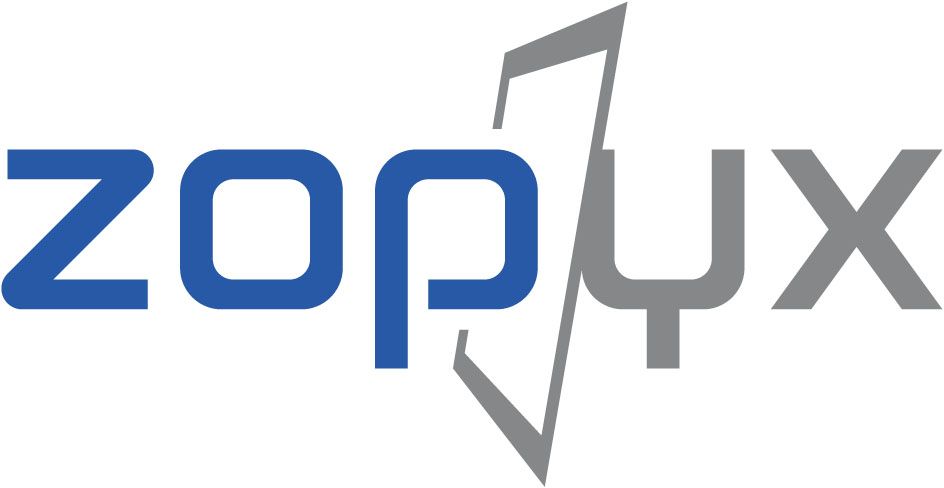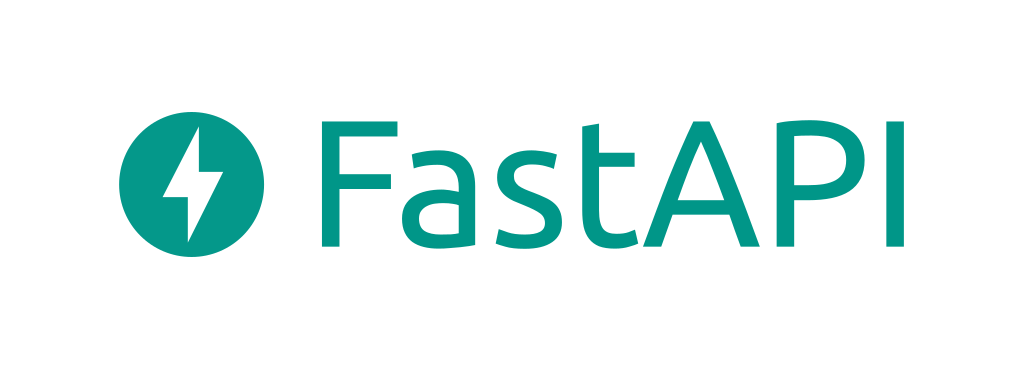Cancer diagnosis and treatment
The last few weeks have been quite eventful. On October 21st this year, I received


We are building web applications since the mid-90s with Python.
Historically, we have used a bunch of related technologies and frameworks like
All technologies and web frameworks had their time, their pros and cons (which I do not want to discuss here). Now, we are moving on to FastAPI for new web applications.

FastAPI is one of the most modern Python web frameworks for building applications and services. The primary focus of FastAPI is on micro-services or REST services, but you can of course plug-in your own template language for generating HTML and serving static content.
The reasons for picking up FastAPI are these:
FastAPI can be deployed with any modern AWSGI server like uvicorn. Our personal preference however is hypercorn.
Comparison with Flask? Flask had its time. It is still a good web framework, but you feel its age at all corners (still true with Flask 2). It is in general not a huge problem to move a web application from one framework to another (if it was written properly). I clearly like the built-in features like strong validation of incoming and outgoing data and the OpenAPI support which makes FastAPI the best available option for building micro-services.
Further readings: